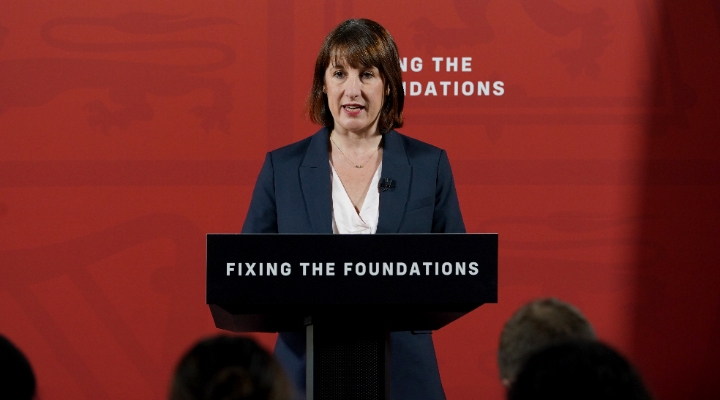While I remain confident that the London stock market will move higher, it is always sensible to keep both feet on the ground. Like many commentators, I did not expect the market to fall so heavily and for so long at the turn of the millennium and I resolved not to let wishful thinking blind me again.
It was one of the delegates at the London Investor Show last Friday who brought my attention to present day reality. He pointed out that there had been heavy falls on the AIM market and did I know why. Quite frankly I had not realised that the falls had been quite so severe and the fact that I do not have any AIM stocks in my portfolio and rarely write about the junior market is no excuse for ignorance, so I took a look.
The UK AIM 50, covering the 50 largest UK-based AIM listed stocks, shot up from around 3,600 points a year ago to reach 4,900 points in March. This month it has been as low as 4,100. The AIM 100, covering the 100 largest AIM shares irrespective of country of origin, shows a similar pattern, rising from 3,200 points to 4,100 before falling to 3,500.
Not surprisingly, this is reflected in the AIM All-Share Index: it rose from 700 to almost 900 but then has fallen back to less than 800.
It’s hard to see why the micro market should perform in this way while the main market has generally moved sideways and was this week making another attempt to top 6,900 points on its way to a new record.
One possible explanation lies in the fact that AIM shares attract investors willing to take bigger risks in the hope of spotting the next big thing. Such investors are likely to be attracted to share floats, especially after the outrageous undervaluation of Royal Mail (RMG) revived the concept of ‘stagging’; buying shares in flotations in the hope of selling them quickly at a profit.
There have been quite a number of flotations of late, including several on AIM itself, mopping up a lot of cash. It is reasonable to speculate that these floats have drawn money out of the AIM market or taken money that would otherwise have gone into AIM stocks.
However, the reason for the setback in the junior market is not necessarily important in itself. The more urgent issue is whether it is signalling the end of the bull market, which has now run for five years, about the average lifespan. Contrary to popular belief, it is the smaller stocks that tend to turn first at the top and bottom of the market, not the Footsie giants.
The possibility that we are topping out is reinforced by the IPO (initial public offerings) market where insurer Saga (SAGA) was priced at the bottom of the indicative range, with its shares struggling to make early headway. Retailer Fat Face withdrew its IPO, citing “current equity market conditions”. Other retailers, including Card Factory (CARD), Pets at Home (PETS) and Poundland (PLND), have lost ground since floating.
We can throw into the mix the very disappointing revision of US GDP figures for the first quarter, which now show the economy contracting at an annual rate of 1% instead of remaining flat as the first estimate showed.
No Economic Woes
Despite all this evidence, I remain optimistic for the rest of this year. The UK economy continues to recover strongly, with the Confederation of British Industry saying this week that growth reached its highest level in May since the CBI started to gather data in 2003. Stronger economic performance was seen across the board, it said, and manufacturing output continued to grow at a "solid pace".
The British Chambers of Commerce revised its growth forecast for this year from 2.8% to 3.1%, which would be the highest rate since pre-crisis 2007.
Across the Atlantic, the US figures were undoubtedly a blip caused by severe bad weather. In any case, the contraction wiped out only half of the previous quarter’s gain. I have no doubt that the US will bounced back strongly in the second quarter.
The Eurozone remains a worry but at least the crisis has settled down to a rumble. I do not buy the argument that Europe is plunging into deflation. If that was going to happen, it would have happened by now.
As for the IPO market, I think that realism is retaking hold after the Royal Mail float. I shall not be sorry if IPOs dry up, for they have been sucking cash out of the wider stock market.
It is clear that we will have to wait for a new FTSE 100 record. The index falls back every time it approaches 6,900 points. Nonetheless, we will top 7,000 points before year end.




























